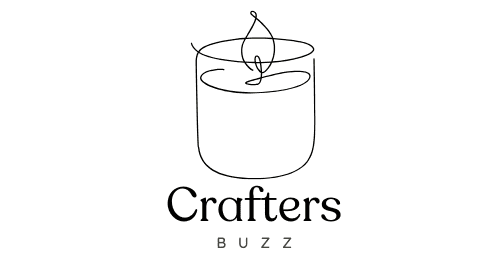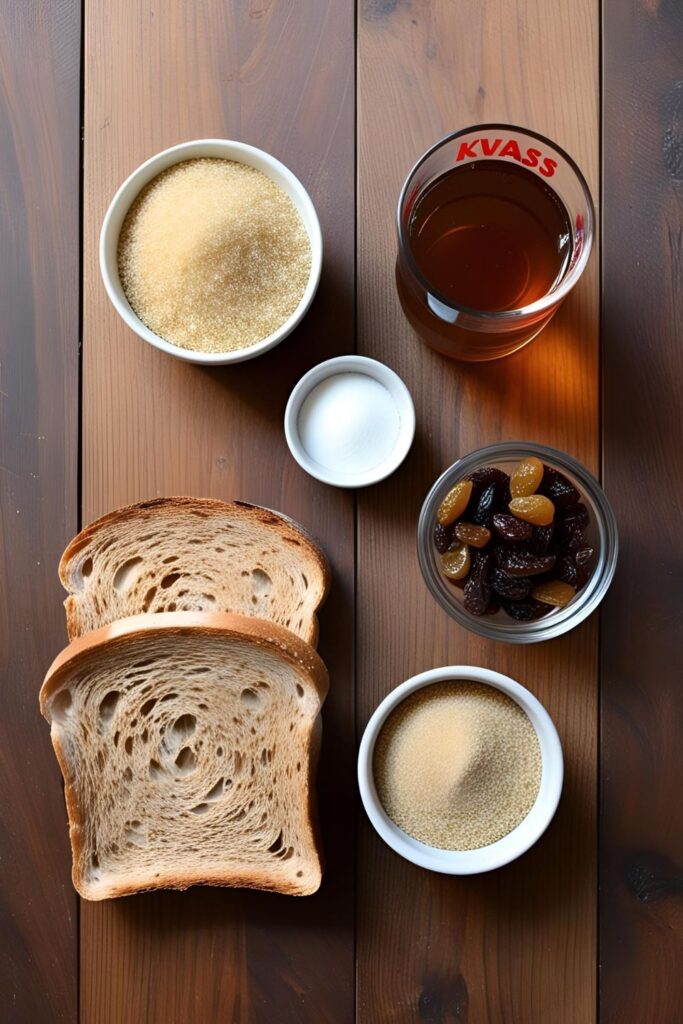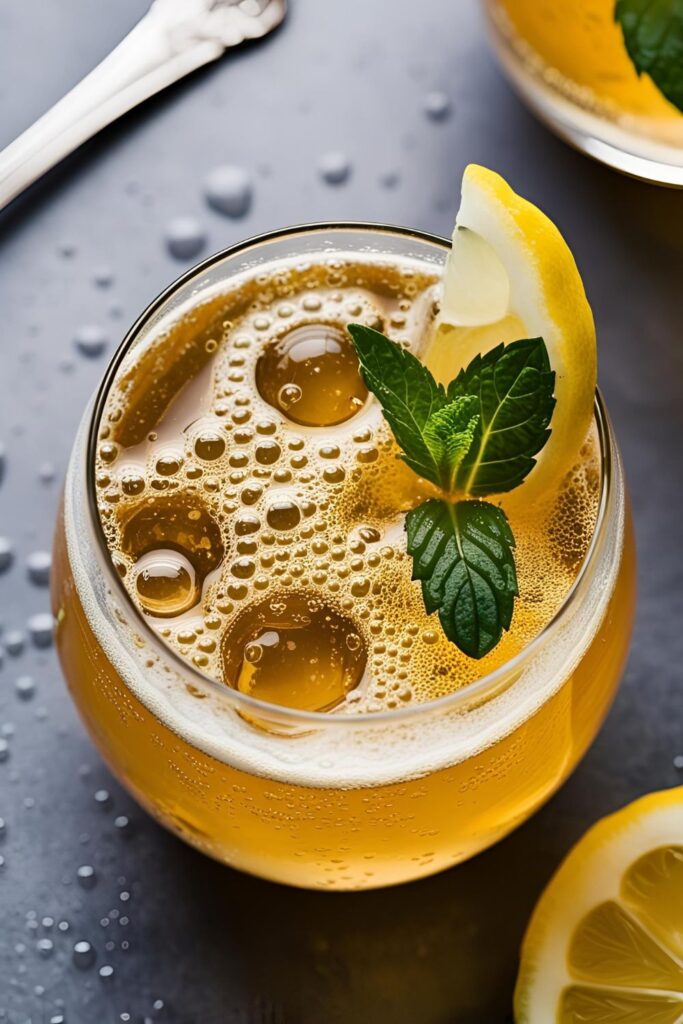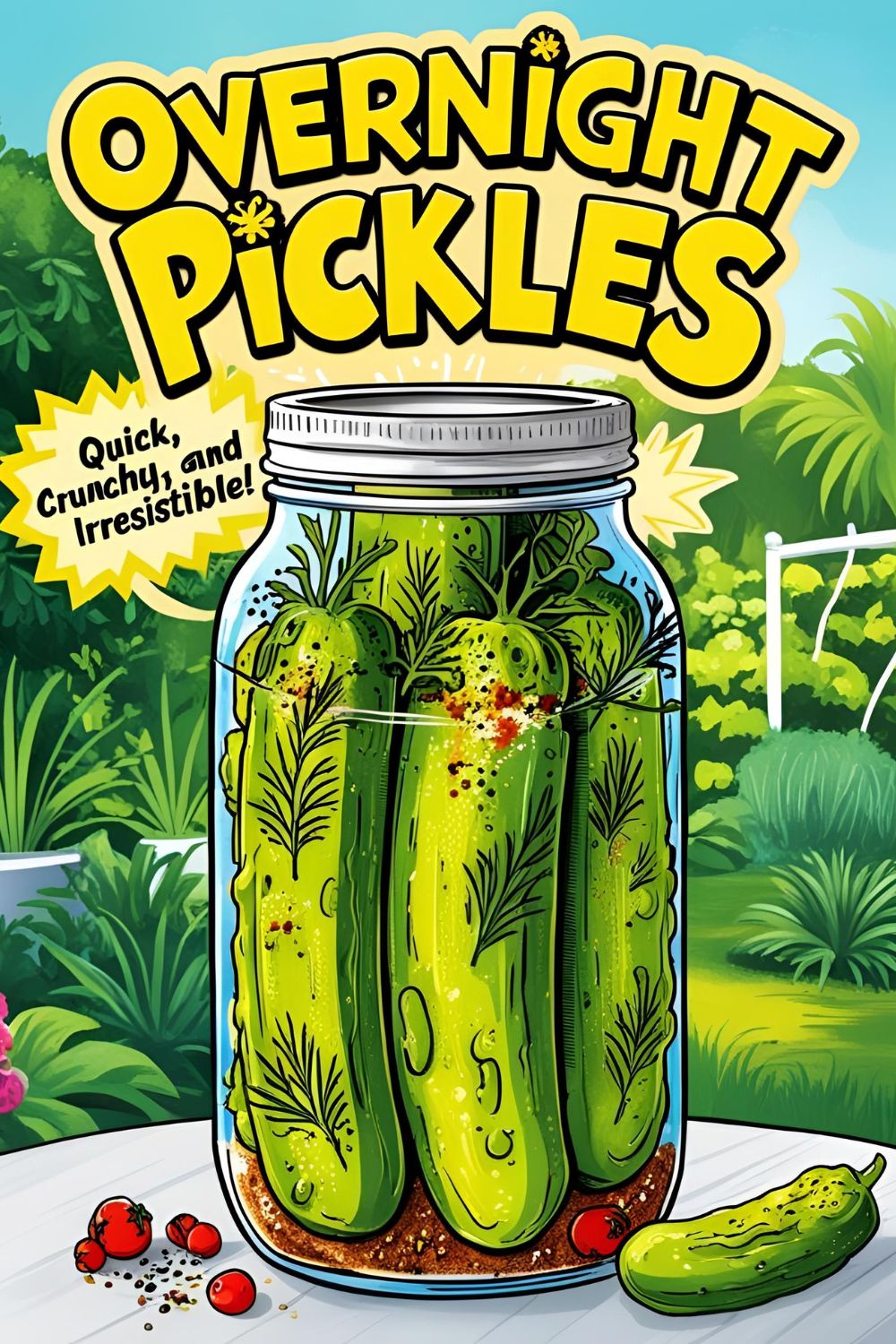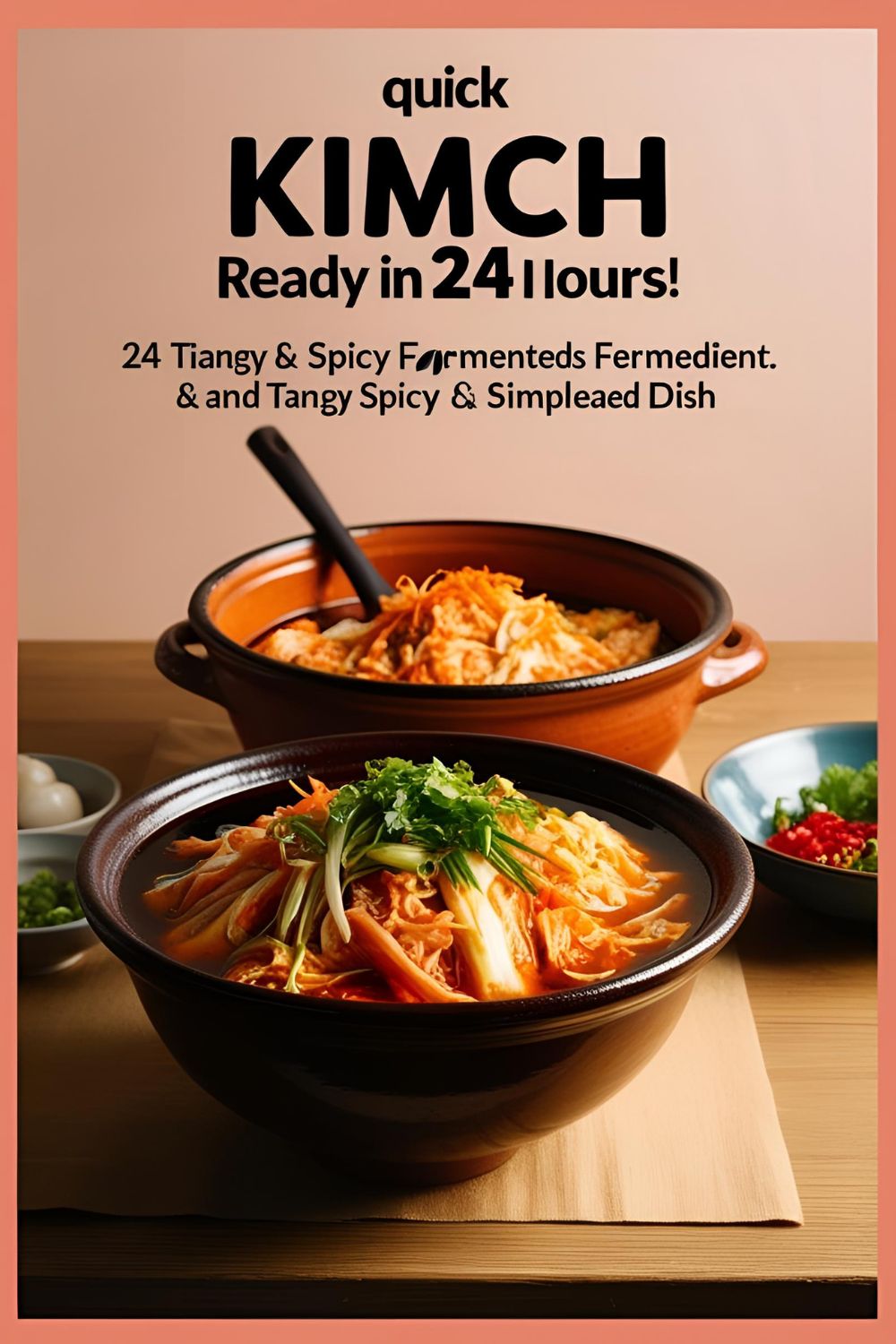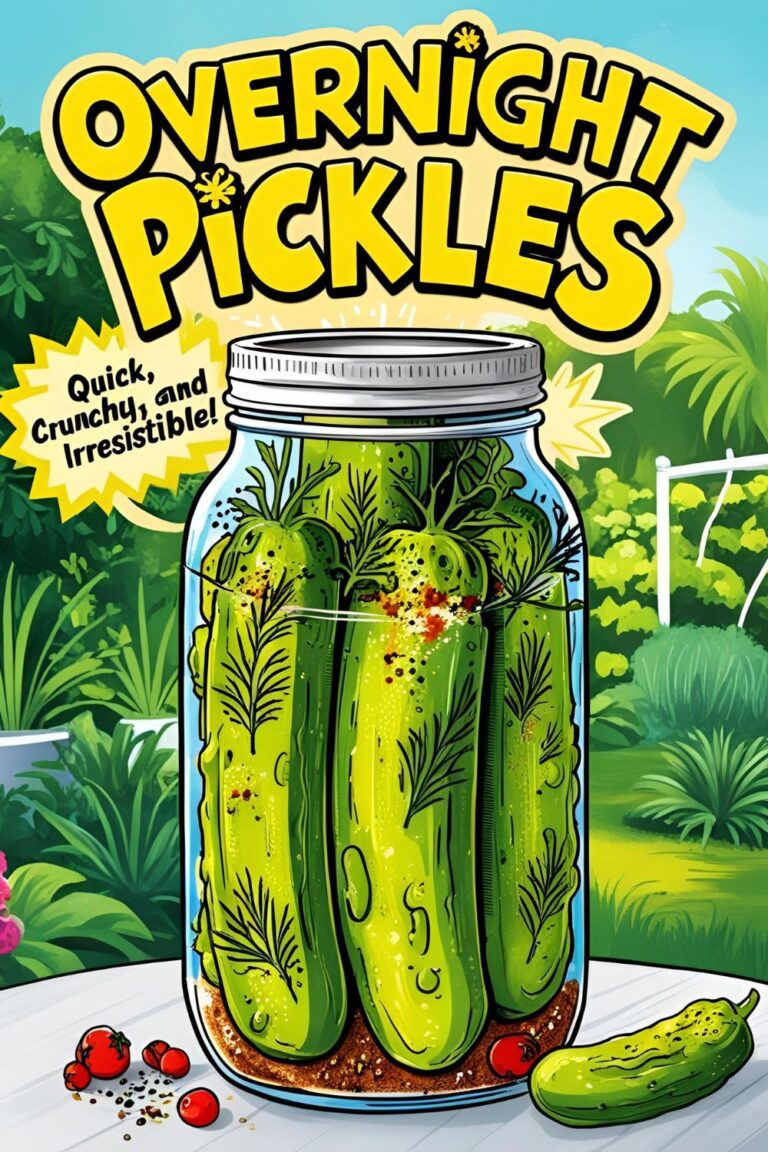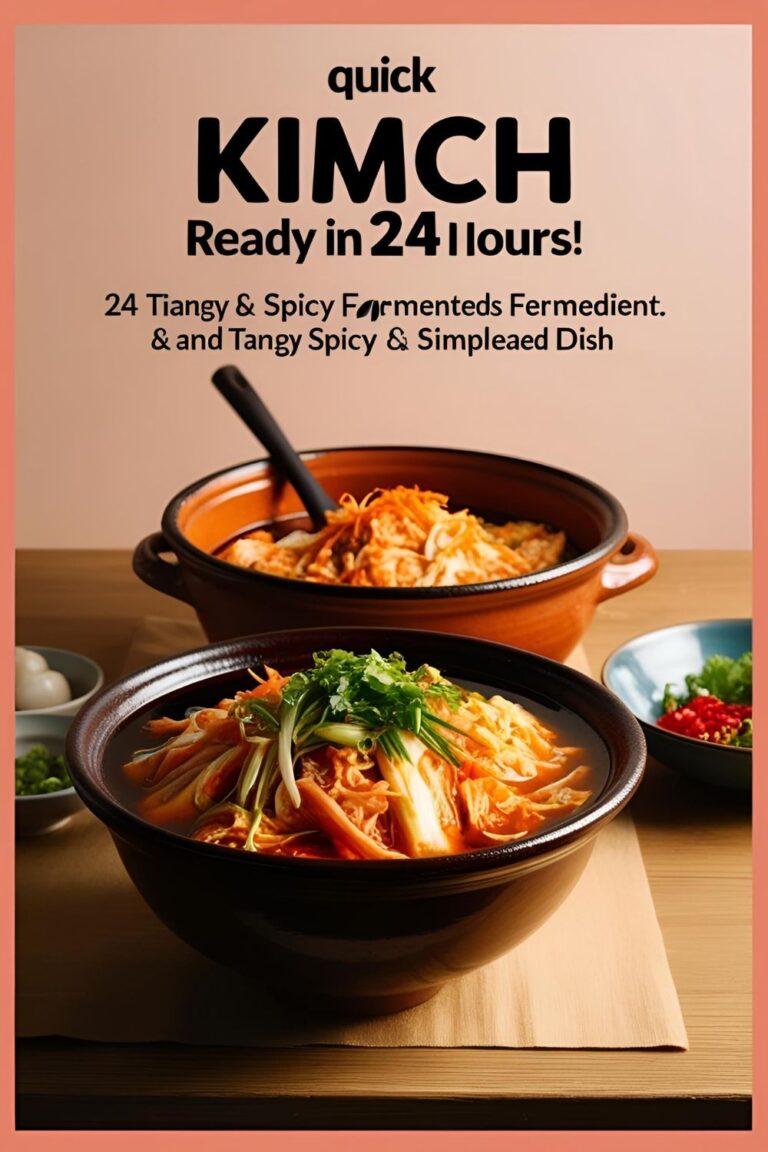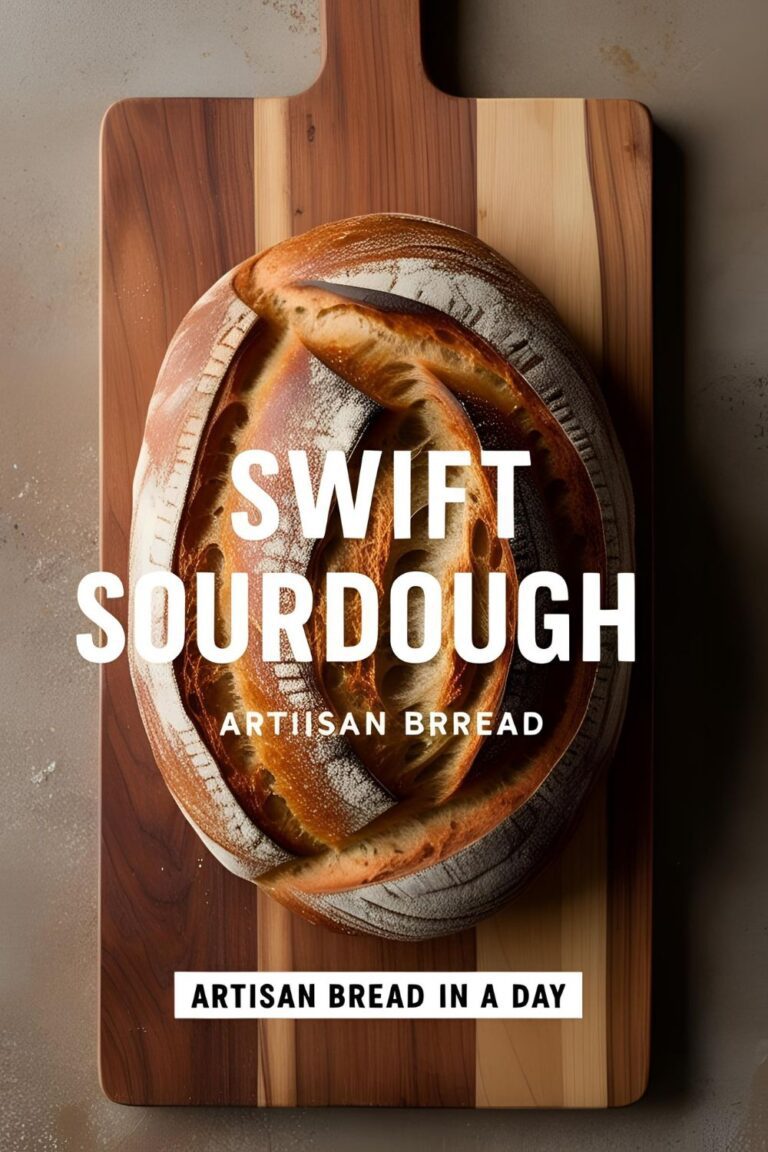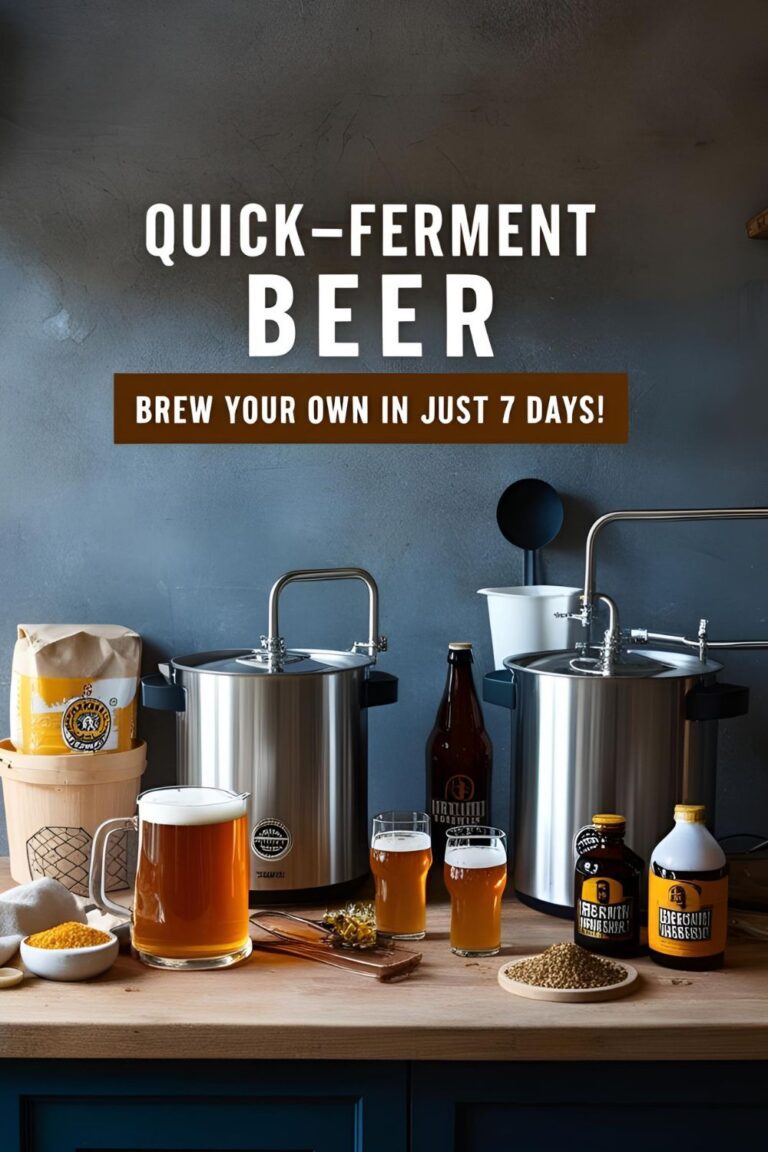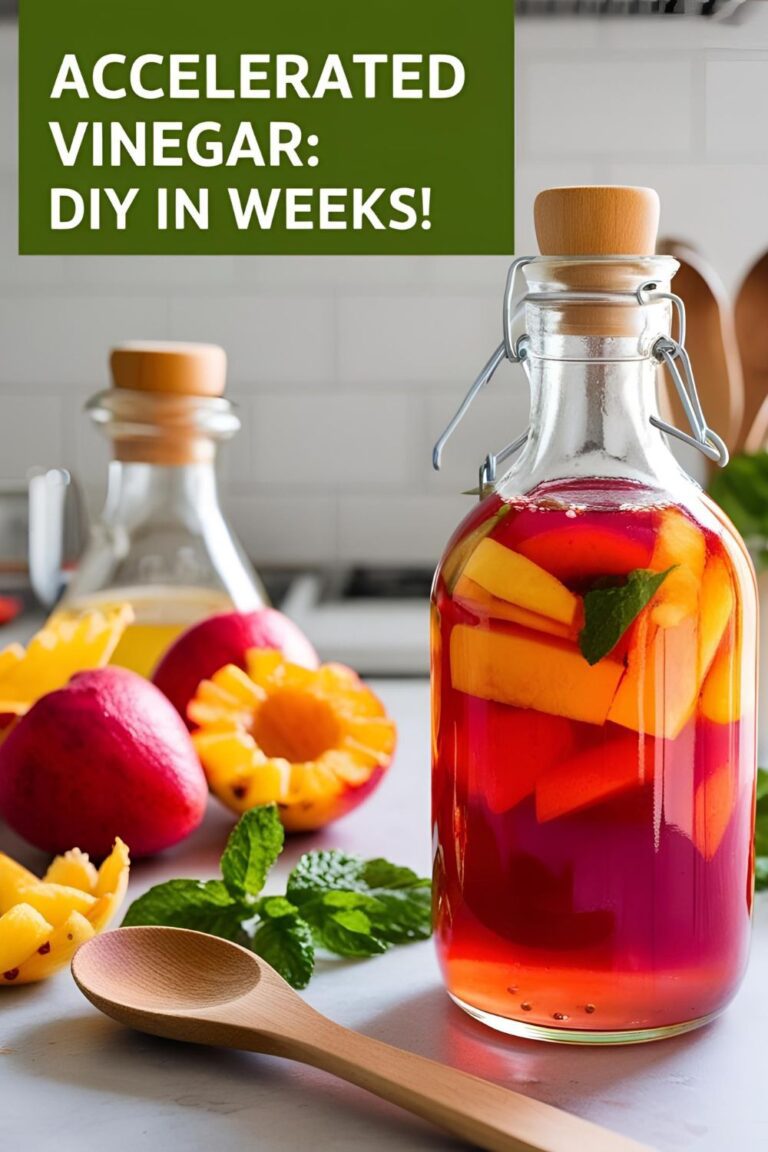Rapid Kvass: The Lazy Person’s Guide to Fermented Glory
Intro: Bread, Bubbles, and a Bit of Magic
Ever stared at that half-loaf of stale rye bread and thought, “Should I toss it or feed it to the ducks?” Well, hold onto your carbs, because that sad slice is about to become the star of your kitchen. Enter rapid kvass—the Slavic soda that’s part bread, part brew, and 100% magic.
Kvass is the bubbly, tangy, slightly sweet drink that’s been quenching thirsts across Eastern Europe for centuries. And guess what? You don’t need a PhD in fermentation to make it. With a few pantry staples and a bit of patience, you’ll be sipping on this fizzy delight in no time.
Why Rapid Kvass Is Your New Favorite Drink
Why should you care about rapid kvass? Let me count the ways:
- Flavor Explosion: It’s like a bread soda with a tangy twist. Think of it as kombucha’s cooler, breadier cousin.
- Gut-Friendly: Packed with probiotics, it’s a treat for your taste buds and your tummy.
- Zero Waste: Got stale bread? Don’t toss it—brew it!
- Impress Your Friends: Serve this at your next gathering, and watch your guests marvel at your culinary prowess.
- Easy Peasy: No fancy equipment or hard-to-find ingredients. If you can boil water, you can make kvass.
Ingredients: The Fab Five
- 1 lb stale rye or black bread (the darker, the better)
- 1 cup sugar (white or brown—your choice)
- 1/4 cup raisins (for that extra zing)
- 1 tbsp active dry yeast
- 6 quarts water
Optional Add-ins:
- Lemon slices (for a citrusy kick)
- Mint leaves (for freshness)
- A dash of honey (if you’re feeling fancy)
Tools & Kitchen Gadgets Used
To make your kvass journey smooth, here’s what you’ll need:
- Large pot (for boiling water)
- Strainer or cheesecloth (to filter out the bread bits)
- Large glass jar or fermenting vessel (to brew your kvass)
- Measuring cups and spoons
- Wooden spoon (for stirring)
- Bottles with tight-fitting lids (for storing your kvass)
Note: These tools are readily available online. Feel free to check them out on Amazon for convenience.
Step-by-Step Instructions: From Bread to Bubbly
- Toast the Bread: Cut your stale bread into chunks and toast them until they’re dark brown but not burnt. This deepens the flavor.
- Boil Water: In your large pot, bring the 6 quarts of water to a boil.
- Combine Bread and Water: Place the toasted bread in your fermenting vessel and pour the boiling water over it. Let it sit and steep for about 4 hours.
- Strain the Mixture: After steeping, strain the liquid into another container, removing the bread solids.
- Add Sugar and Raisins: Stir in the sugar until it dissolves completely. Add the raisins for that extra zing.
- Cool Down: Allow the mixture to cool to room temperature.
- Add Yeast: Once cooled, sprinkle the yeast over the liquid and give it a gentle stir.
- Ferment: Cover the container with a cloth and let it sit at room temperature for 12-24 hours. The longer it sits, the stronger the flavor.
- Bottle It Up: After fermentation, strain the kvass again and pour it into bottles. Seal them tightly.
- Refrigerate: Let the bottles chill in the fridge for at least 3 days. This allows the flavors to meld and the drink to carbonate.
- Enjoy: Serve your kvass cold, and enjoy the fruits of your minimal labor!
Calories & Nutritional Info
Per 8 oz serving (approximate):
- Calories: 60-80
- Carbohydrates: 15g
- Sugars: 12g
- Protein: <1g
- Fat: 0g
- Probiotics: Yes!
Note: Nutritional values may vary based on ingredients and fermentation time.
Common Mistakes to Avoid
- Using Fresh Bread: Stale bread is key. Fresh bread can make your kvass too mushy.
- Over-Fermenting: Leaving it out too long can lead to overly sour kvass or even alcohol formation.
- Not Sterilizing Equipment: Dirty tools can introduce unwanted bacteria. Cleanliness is next to kvassliness.
- Sealing Bottles Too Early: Let the kvass ferment before sealing to avoid pressure build-up.
- Skipping the Cooling Step: Adding yeast to hot liquid can kill it. Patience, grasshopper.
Variations & Customizations
- Fruit-Infused Kvass: Add berries or citrus slices during fermentation for a fruity twist.
- Herbal Kvass: Introduce herbs like mint or basil for a refreshing flavor.
- Spiced Kvass: Add cinnamon sticks or cloves for a warm, spiced version.
FAQ Section
Q1: What is kvass?
A: Kvass is a traditional Eastern European fermented beverage made from bread, water, and sugar. It’s slightly sweet, tangy, and low in alcohol.
Q2: How long does kvass last?
A: Stored in the refrigerator, kvass can last up to a week. Always check for off smells or mold before consuming.
Q3: Can I make kvass without yeast?
A: Yes, but it will take longer to ferment. Natural wild yeasts can be used, but results may vary.
Q4: Is kvass alcoholic?
A: Traditional kvass has a very low alcohol content, usually less than 1%.
Q5: Can I use different types of bread?
A: Rye or black bread is traditional, but you can experiment with other types. Just note that flavor and fermentation may differ.
Q6: Why is my kvass not fizzy?
A: Lack of carbonation can be due to insufficient fermentation time or inactive yeast. Ensure your yeast is fresh and the environment is warm enough.
Q7: Can I add flavors to my kvass?
A: Absolutely! Feel free to experiment with fruits, herbs, and spices to create your own signature kvass.
Final Thoughts
There you have it—a simple, no-fuss guide to making rapid kvass. It’s a delightful way to repurpose stale bread and impress your friends with your fermentation prowess. So, next time life gives you stale bread, make kvass!
